Turkish cheese pide is as delicious as it is comforting. Here’s a version which adds an egg for extra comfort – and all the tips you need for that perfectly crispy pide base.
Pide is often referred to as “Turkish pizza”. An easy, shorthand way of describing what pide is to a foreigner. In actuality, it’s so much more than that. It’s also confusing because another Turkish classic, the lahmacun, is also often referred to as Turkish pizza.
Its place in the local cuisine and history is second to none, including its Italian cousine. In fact the words pide and pizza likely both originate from the Arameic pita.
Travelling around Turkey, you’ll find that it’s just as easy to find a pide salon as it is to find a pizzeria in Italy.
So you’ll forgive me for thinking that calling this “Turkish pizza” is selling pide short. It’s very much got its own history, its own merits – and its own particular flavours that keeps people coming back.
What is Turkish pide?
Pide is actually a shared name between two of Turkey’s most popular foods.
The first is a plain flatbread, usually eaten with dinner. You know, the type you often get at restaurants or see in bakeries. Sometimes with patterns made by the baker’s fingertips.
The second type is also a flatbread, but with topping. It’s usually shaped in a long oval, with the sides tucked in, making it resemble a boat in appearance. Sometimes they’re closed, like a calzone, but considerably more elongated.
As for toppings, they’re usually simple. No layering of sauces, cheese and other ingredients for endless combinations, as with Italian pizza. Just a few carefully selected combinations that have stood the test of time.
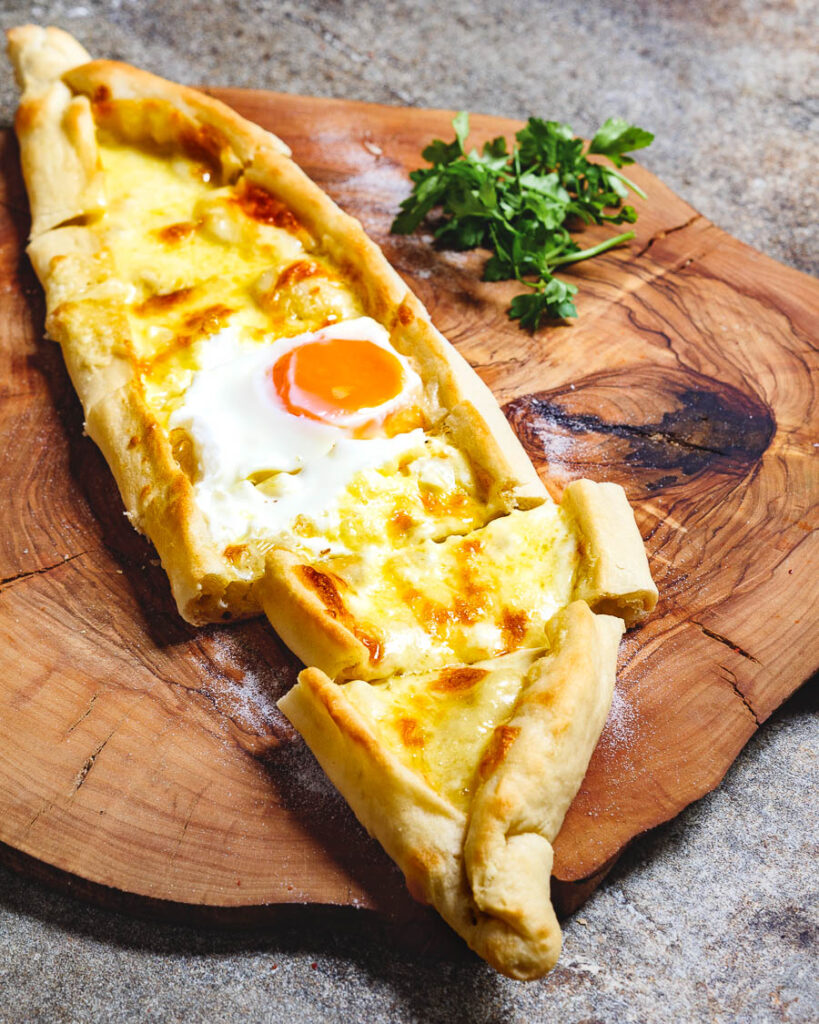
Most pide restaurants offer a traditional selection of 3-4 toppings: chopped meat & vegetables, minced meat, sucuk (spiced Turkish sausage) or cheese (sometimes with an egg on top). Most places also offer a “mixed” version, which is usually a mix of chopped meat, cheese and sucuk. Sometimes mixed, sometimes splitting the pide into three parts.
If venturing outside these most typical of toppings, pide restaurants will usually stick with traditional Turkish ingredients. My local pide restaurant, for example, offer toppings of kavurma (Turkish confit beef) and pastırma (Turkish pastrami).
The “anything goes” approach that give Italian pizza chefs a lot of freedom to make their own creations doesn’t exist in Turkey. At least for now.
How to make the dough for Turkish pide
Each chef will have their own recipe for the pide dough, which is a basic yeasted dough of flour, water and salt. With simple doughs like this, it’s all in the process and quality of the ingredients rather than the combination of ingredients.
I use a traditional recipe from Gaziantep, one of Turkey’s premier food regions.
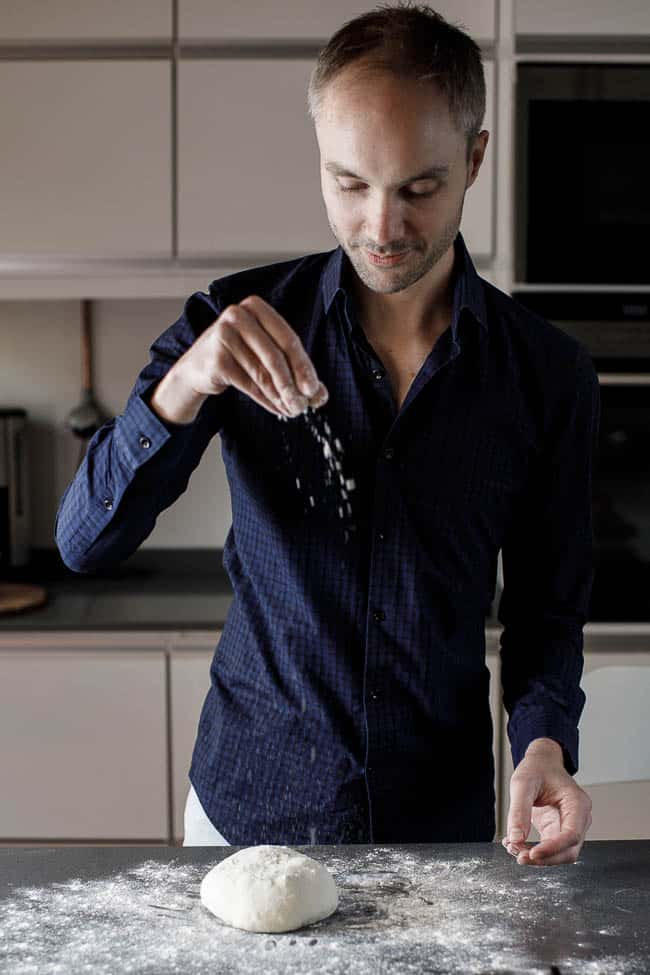
It starts off with a wet mixture, allowing the yeast to come to life and the flour to absorb a lot of the water. This helps make the dough easier to work with and helps avoid a dry pide.
After that, I add the remaining flour and use a mixer to help knead the dough to perfection. It’s important to knead it for long enough so that the gluten has time to develop. This is crucial for getting a dough that’s easy to work with and doesn’t “break” as you start rolling it out.
Unlike pizza, pide is rolled out with a rolling pin rather than stretched by hand. For best results, make sure to use a lot of flour! This helps in rolling out the dough more evenly. Just make sure to dust off any excess before topping.
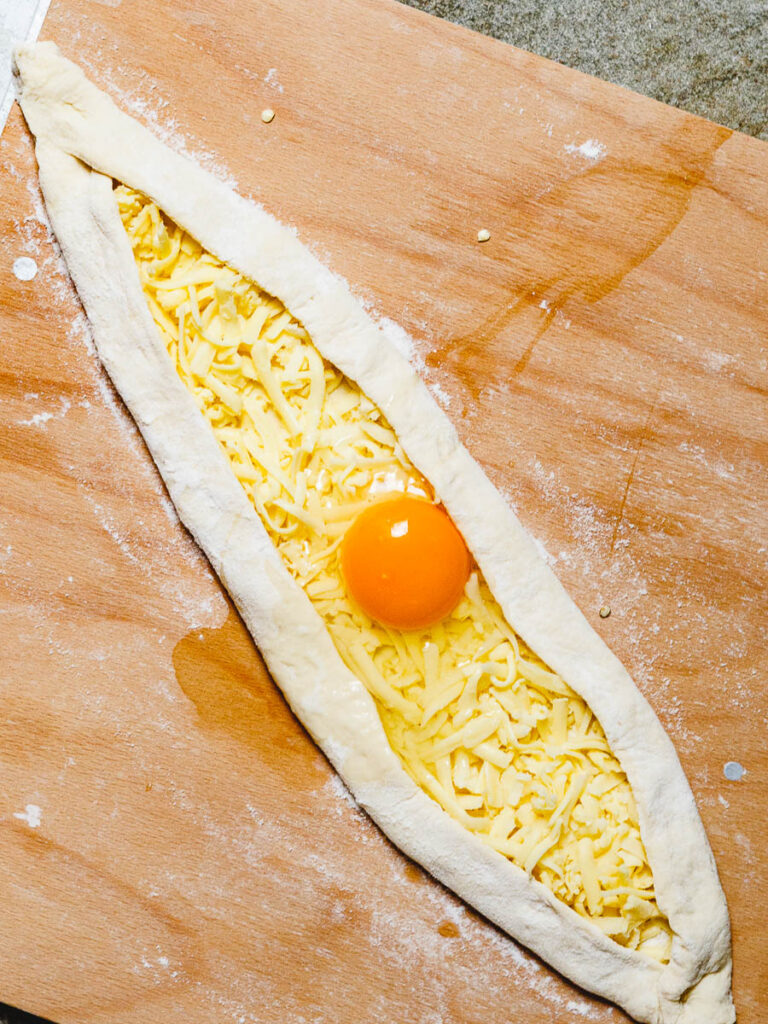
Once shaped, I like to transfer my pides to a baking parchment before adding the filling. The pide masters of Turkey don’t do this, but for home cooks, it’s very helpful for a successful transfer from the kitchen table to the oven.
How to serve Turkish cheese pide
Turkish cheese pide, in fact any Turkish pide, should be eaten fresh from the oven. It’s at its best while it’s still hot from the oven and its cheese filling is oozingly melty.
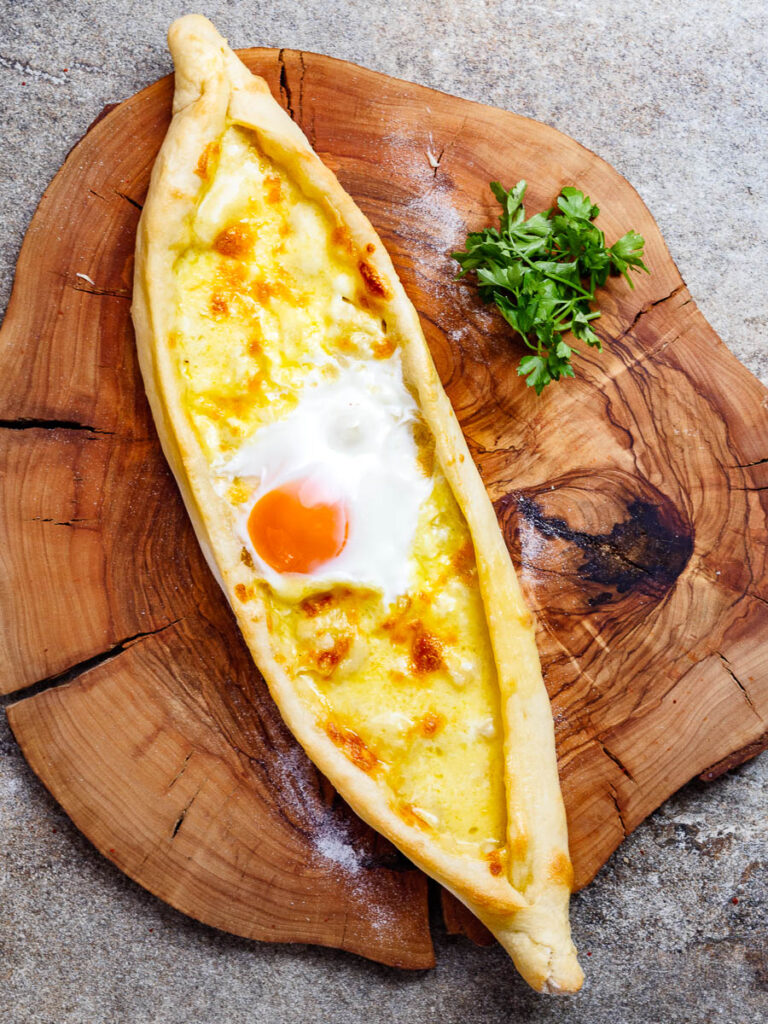
I love a glass of cold ayran with my pide. Ayran is a Turkish yoghurt drink that goes really well with both kebabs and pide.
A salad great alongside. I like a simple chopped vegetable salad of the kind you find all over Turkey and the Middle East in summer.In winter, a few bitter green leaves (such as rocket or a mixture of baby leaves) mixed with a little pomegranate molasses (or balsamico) and extra virgin olive oil does the trick.
It’s quite common to start the meal with a bowl of soup before tucking into the pide. In that case, lentil soup is always a winner.
The recipe makes 6 pide, enough for 6 servings.
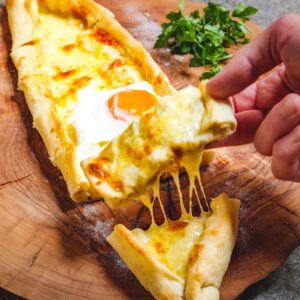
Turkish cheese pide with egg (Peynirli yumurtalı pide)
Ingredients
Dough
- 550 g strong white bread flour
- 1 tsp sugar
- 25 g fresh yeast, or 6 g fast action/instant dried yeast
- 350 g water, cold or at room temperature
- 10 g salt
- 1 Tbsp extra virgin olive oil
Topping
- 500 g shredded cheese, I use ⅔ mild, nicely melting cheese and ⅓ flavoursome cheese such as cheddar
- 6 eggs
- butter, to brush
- salt, pepper and pul biber (Aleppo pepper) (optional)
How I make it
- Mix 350 g of the flour with the sugar, yeast and water. Cover and leave until bubbling and doubled in size, around 30-45 minutes.
- Add the remaining (200 g) flour along with the salt and extra virgin olive oil. Knead until you've got a dough which is soft and smooth and you can stretch the dough until it's transparent without it breaking. I use a kitchen machine with a dough hook running at medium speed, in which case it takes 10-15 minutes. Make sure the dough doesn't get too warm during this process – if it gets as warm as the inside of your wrist, take a break and place the dough in the fridge for 15 minutes before continuing. Once ready, cover and leave to rise until doubled in size, 1-2 hours. At this point you may also leave it in the fridge for up to 48 hours.
- Preheat your oven to its highest heat setting. If you have one, place a pizza stone or baking stone in the oven to heat up with it.
- Split the dough into 6 equally sized pieces and shape into rounds. Cover with a moist cloth and let the dough rest for 20-30 minutes.
- Flour your kitchen counter well. Using a rolling pin in the same direction back and forth, roll out one of the dough rounds into an oval approximately 30×20 cm (12×8 in). Turn the dough regularly in the process and add more flour as required to make sure it doesn't stick to the kitchen counter.
- Transfer the pide to a baking parchment. Add cheese and a little salt, leaving approx 2 cm (⅘ in) along the edges. Fold the sides in a little, so the pide is half closed, then pinch the ends together. Repeat with the remaining dough, baking them as per the next step as soon as they're ready (pide doesn't need to rest after being shaped). Depending on how large you make them, you can usually bake two pides at the same time.
- Making sure your baking or pizza stone is properly preheated, transfer the pides to the oven and bake for 5 minutes. Take the pides out, quickly crack an egg into each of them and put it back in the oven. Continue baking until the cheese is golden and the egg is cooked to your liking. The whole process takes anything from 5 to 15 minutes or more, depending on how hot your oven is and whether you are using a baking or pizza stone. Depending on time time it takes in your oven, you may want to adjust the time before adding the egg. If the oven is very hot, you may even add it at the beginning of cooking.
- As soon as the pides are out of the oven, brush the edges well with butter. Slice and serve immediately, with a good sprinkle of pul biber on top, then repeat with the remaining pide.


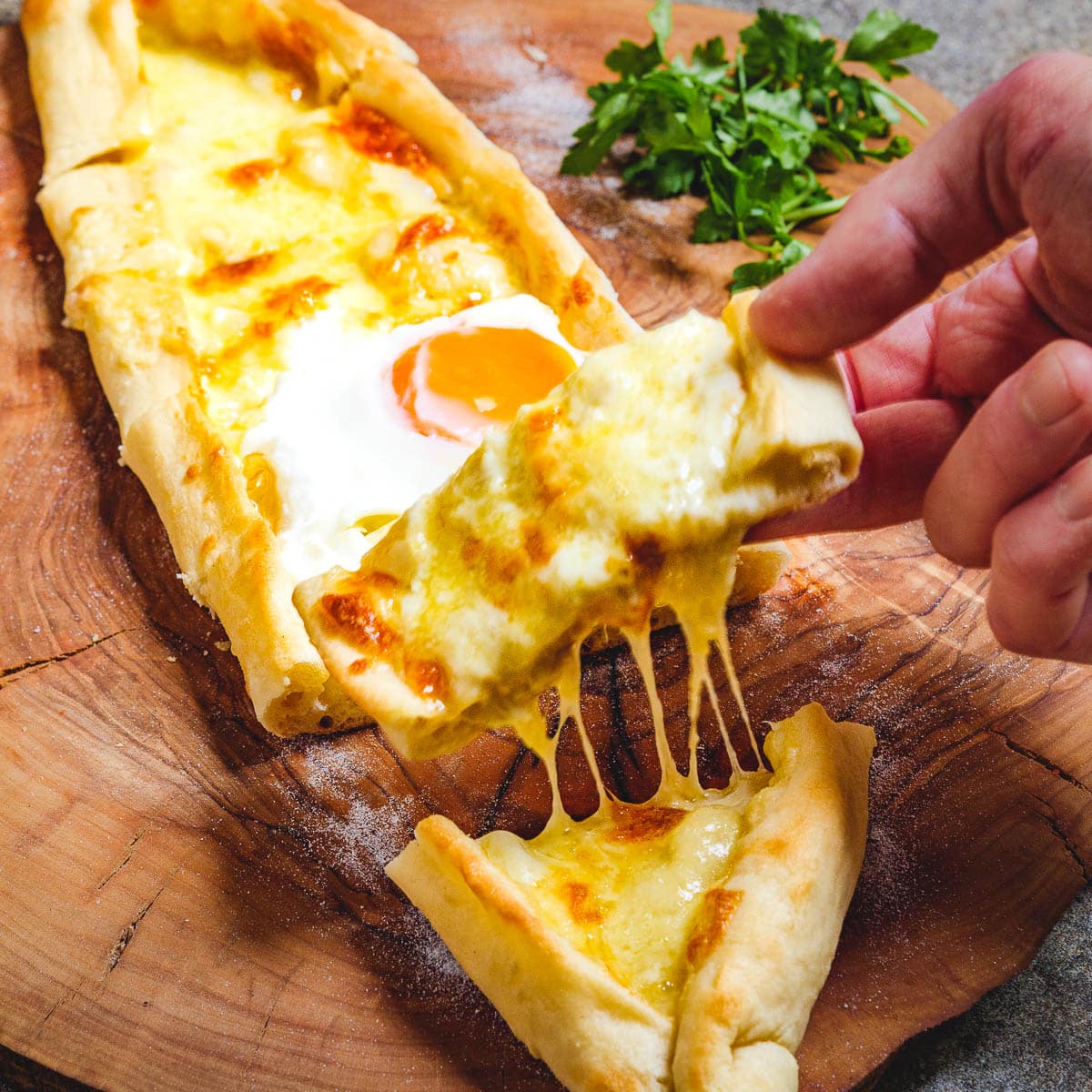
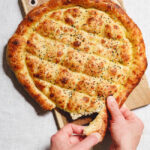


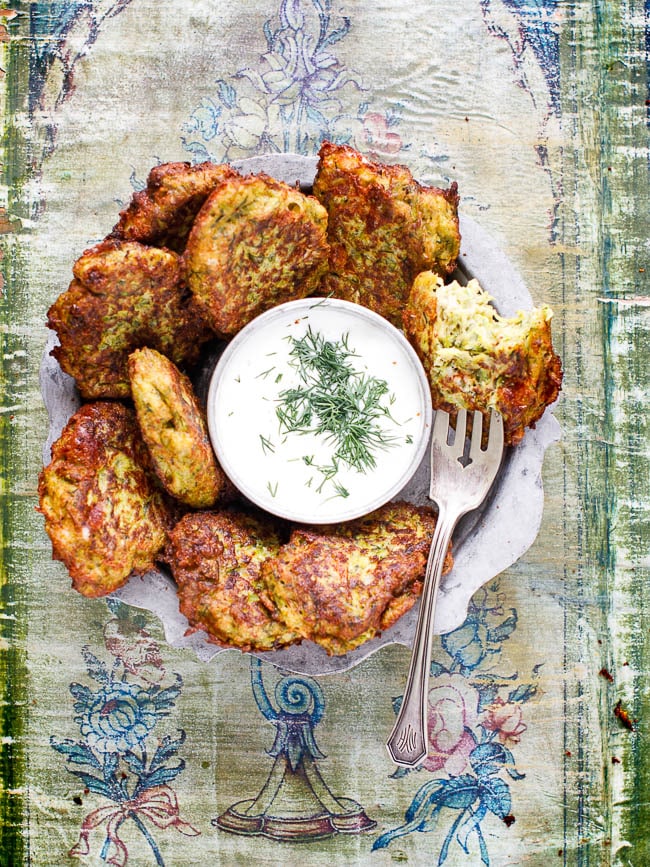
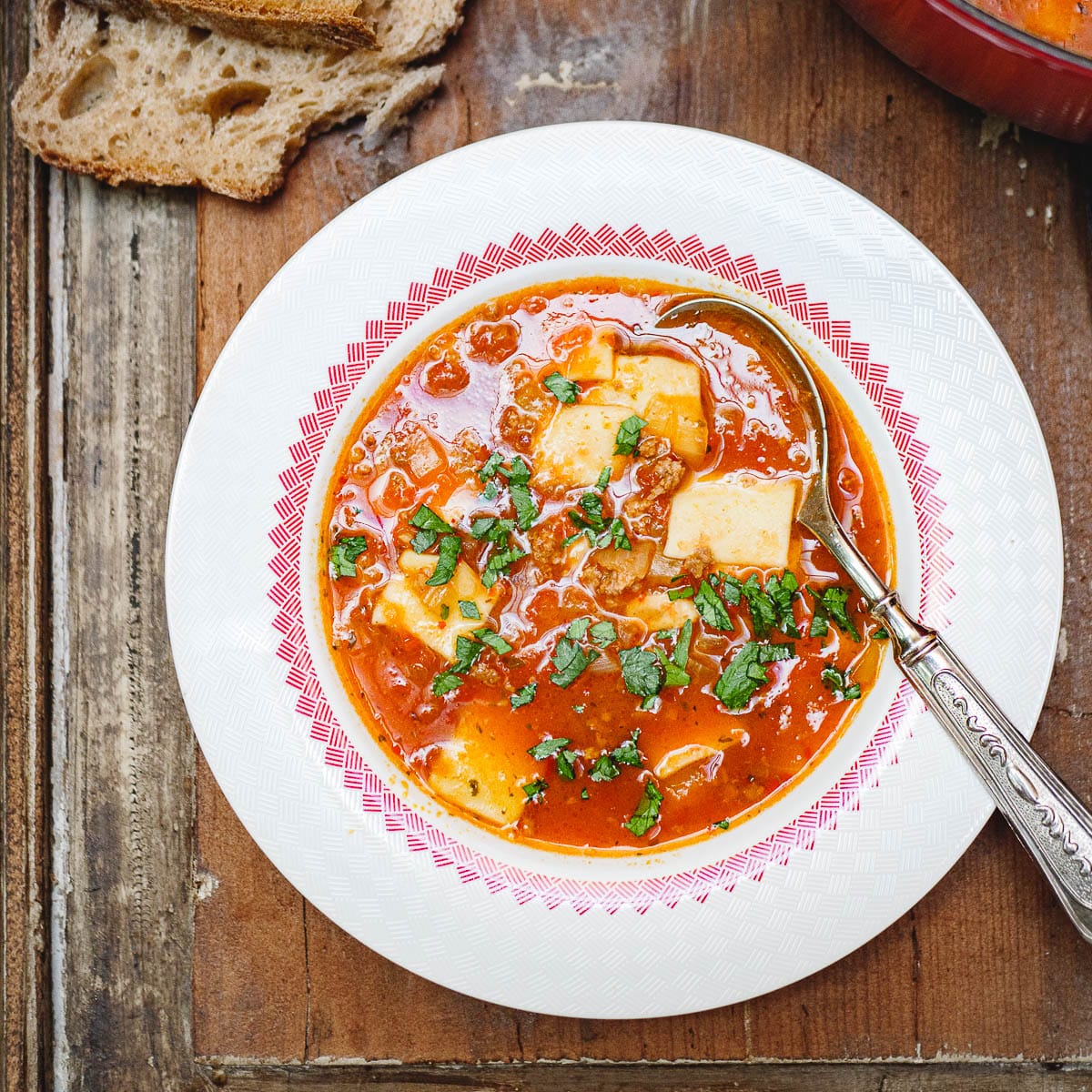
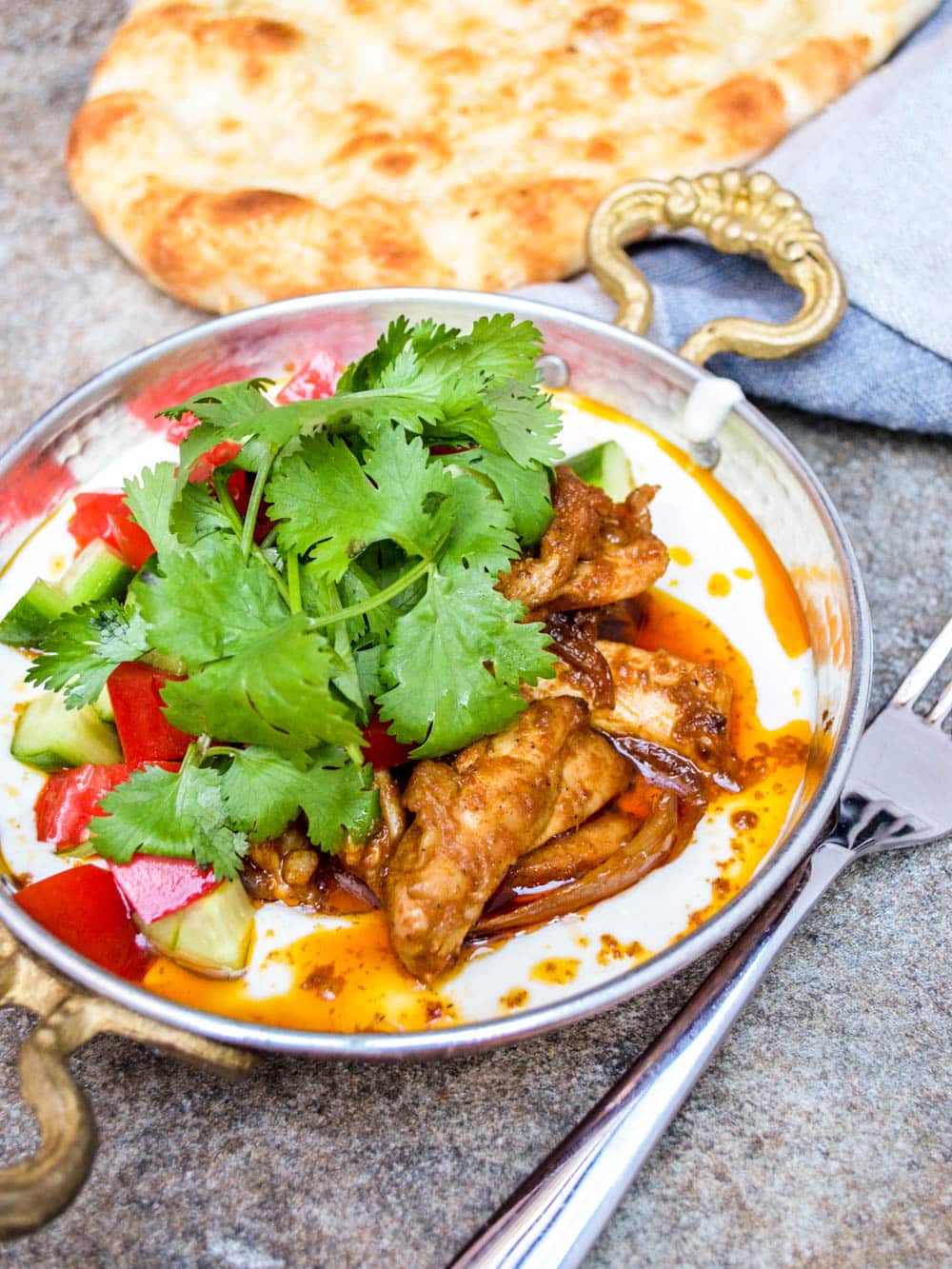
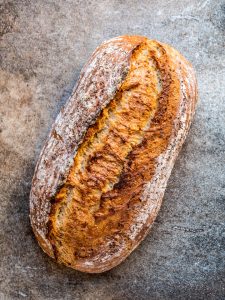
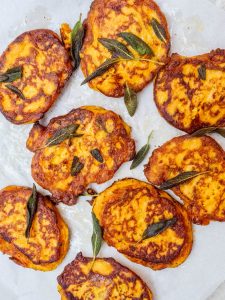
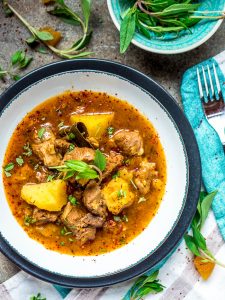




2 responses
Hello Vidar,
Thank you for sharing this recipe. I am so going to make it. Would 2 eggs be too much for a pide of the size in your picture? I can imagine how delicious this would be with a bit of pulbiber, my favourite. So for the cheese, I am going to use mozzarella and mature cheddar.
If you like your eggs, go on and add two! Good luck!